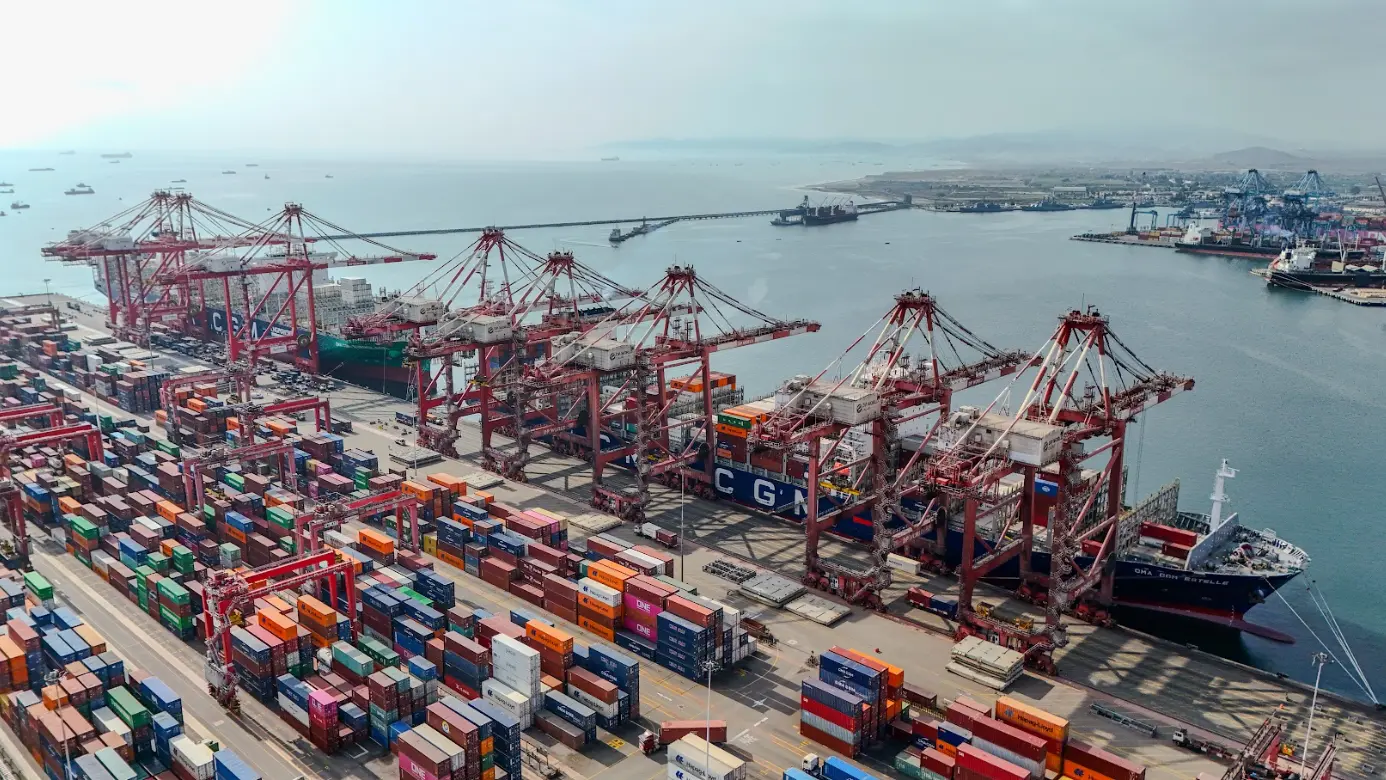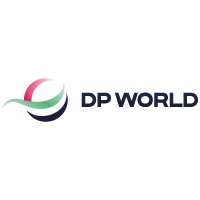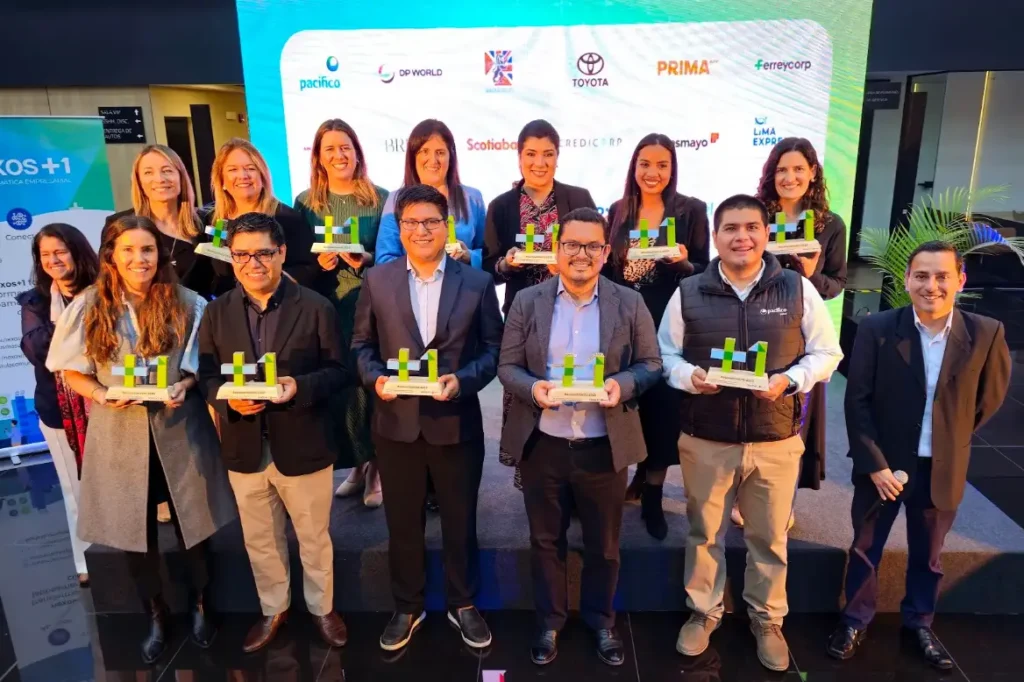
Sany Rodriguez, senior director of Safety and Environment at DP World Peru, comments on the company's decarbonization strategy, as well as the role of its employees in sustainable management.
DP World Peru has a strong commitment to sustainability. What does it mean for the organization to have obtained the Sustainable Management Company distinction and the Best Environmental Performance recognition?
Obtaining the Sustainable Management Company distinction and recognition of Best Environmental Performance reflects the commitment of DP World Peru with a responsible business model that integrates environmental management into the company's strategic decisions. This achievement reflects our constant effort to minimize the environmental impacts of our operations through an in-depth analysis of processes, the identification of aspects and impacts, and the development of programs to avoid them. Mainly with a focus on decarbonization, biodiversity and circular economy.
Since when and how did you prepare to participate in this assessment? What areas or processes were key during the process?
For several years we have been recognized with the Sustainable Management Company award, which shows that we have always been committed to ESG principles. However, in this nomination we were able to show the concrete results of our decarbonization program. In addition, we included information on nature-based solutions in infrastructure, circularity and environmental awareness and education for our employees and the community.
From the logistics-port sector, what do you consider to be the main challenges for implementing sustainable management?
One of our main challenges is to achieve a balance between operational efficiency, economic growth and social and environmental responsibility. We operate in a highly competitive environment, which requires the adoption of sustainable technologies without compromising productivity.
The transition to cleaner operations - emissions reduction, circularity, energy optimization - requires significant investments, constant innovation, technical know-how and collaboration with all actors in the logistics chain. It is a challenge we take on with conviction and vision.
What actions or initiatives implemented by DP World Peru do you consider were decisive in achieving this recognition?
Since 2019, we have been implementing a decarbonization strategy with the goal of reducing our Scope 1 and 2 emissions by 42 % globally by 2030 (as a global company). In the case of DP World Callao, the goal is even more ambitious: a 90 % reduction in Scope 1 and 2 by the same year.
As a result, between 2019 and 2024 we will stop emitting more than 21,000 tons of CO₂eq. In other words, it would take the action of absorbing 2140 hectares of Amazon forest in Peru during those 5 years. And in this year 2025, we have reduced our emissions despite the operational increase.
"One of the main challenges is to strike a balance between operational efficiency, economic growth and socio-environmental responsibility."
What specific measures were implemented to achieve this emission reduction?
Among the key actions I can share the conversion of 10 RTG yard cranes from diesel to electric, with an investment of US$ 1 million, added to 12 other electric ones already in operation, avoiding the emission of more than 3900 tons of CO₂eq per year.
In April 2024, we inaugurated the first electric charging station inside a port terminal in Latin America; this infrastructure allows our fleet of 20 internal 100% electric trucks to be recharged with clean energy. In its first year of operation, this fleet has traveled 740,000 kilometers with zero emissions inside the terminal. This is equivalent to more than 18 round-the-world trips, or even a round trip to the moon and thus avoiding the emission of more than 2,000 tons of CO₂eq per year.
Have you considered renewable energy sources?
As of May 2023, 100 % of the terminal's energy comes from IREC-certified renewable sources, which has avoided by 2024 the emission of 10 9000 tons of CO₂eq.
In addition, operational efficiency is present as one of the ways to reduce resource consumption, which has been achieved through a constant effort by operations to collect and measure data from each of the operational processes.
Have you joined a carbon footprint measurement program?
Since 2020 we have been voluntarily reporting our carbon footprint, we already have the third star of the Carbon Footprint Peru program, from the Ministry of the Environment, in recognition of our emissions reduction and we are on track to obtain the fourth star.
These actions reflect the commitment of senior management and the coordinated work of several areas, especially Engineering, Operations, Maintenance, Sustainability, Human Resources and Environment.
What role have employees played in the implementation of sustainable management?
Our managers and employees are key players in the implementation of our strategy. Their commitment in the constant search for technologies, and in accepting, using and maintaining them, has been fundamental in integrating these values at all levels of the organization.
How have you engaged all your employees?
Environmental management is only possible if there is what we call in management "operational discipline" of all our DP World employees. And this is only possible with environmental education and awareness programs, where each one of us can understand why acting in a sustainable manner is essential to create value for the company and contribute to the preservation of the planet.
How is the culture of sustainability promoted within the organization?
We promote this culture through awareness programs, ongoing training, internal campaigns, bio-gardens, composting of canteen waste and the incorporation of sustainability indicators in the evaluation processes.
We encourage leadership with purpose, where each person understands the impact of his or her actions on the business and the environment. At DP World Peru, sustainability is not an isolated area, but a value that is part of our DNA.
Can you mention any figures in terms of investments to achieve this decarbonization?
As part of our decarbonization strategy, we have projected a voluntary investment of US$105 million to achieve our ambitious goal of a 90 % reduction in Scope 1 and 2 emissions by 2030 at DP World Callao.
So far this year, have you acquired more electric vehicles as part of your fleet?
During 2025, we will add five additional electric vehicles (two vans and three pick-ups) as part of our plan to fully replace the 41 diesel trucks in our fleet by 2030. We will also convert five RTG cranes from diesel to electric and expand our charging station with 12 additional connectors, enabling us to power 32 internal trucks with clean energy.
Are you also going to include your suppliers in the decarbonization strategy?
We have started to work on managing our Scope 3 emissions, actively involving our suppliers through a training plan that allows them to measure their carbon footprint and move towards the decarbonization of their own operations.
Starting in 2026, we will implement the Shore Power project, a renewable energy supply system for ships docked at our pier. This initiative will enable shipping lines to significantly reduce their emissions during berthing, setting a precedent in the region.
Beyond renewable energies, what other solutions are you implementing in favor of sustainable management?
We are also developing projects focused on nature-based solutions, integrating port infrastructure with the natural environment. In parallel, we are promoting circular economy initiatives, such as extending the useful life of our assets, reusing materials to create new tools, composting organic waste, and increasing the recycling ratio in our operations.
Our objective is clear: to continue leading the sustainable transformation of the logistics-port sector in Peru and the region, demonstrating that it is possible to operate efficiently, responsibly and with a view to the future.
Interview by Stakeholders.






